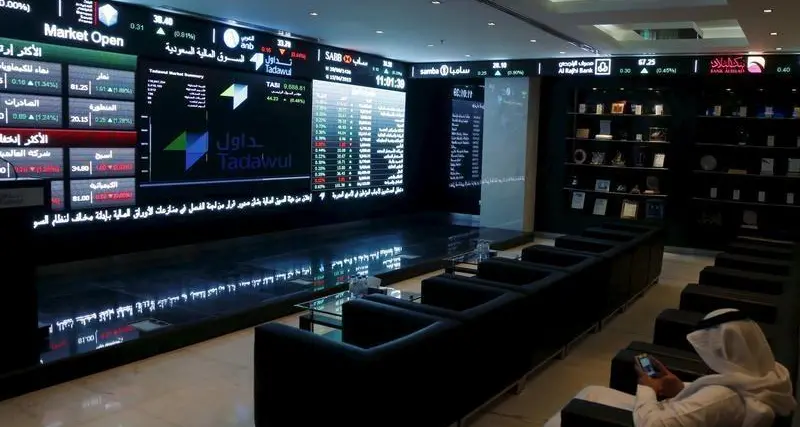Last month, we wrote about the unfortunately hopeless quest for a perfect market timing. One of the key reasons is obviously the fact that markets move much faster than fundamentals.
Let me start with a great example: Tesla. The company re-entered our recommended list of stocks back in March, and its share price since then was multiplied by four. It includes a 150% gain since its CEO Elon Musk tweeted on May 1st that in his opinion, the stock was too expensive. And more recently, the simple announcement of a stock split on August 11th triggered a 50% rally, adding to the company’s market capitalization the equivalent of the total value of Daimler and BMW combined.
No doubt, market action could be shocking, and not only on the downside.
We have previously written about the apparent “disconnection” between rising stock markets and the ravages of the pandemic. Back in May, we disagreed with many pessimistic predictions from powerful Wall Street voices at this time. We saw some rationality in the elevated valuations. Since then, markets rallied even stronger and many in Wall Street revised their views and their price targets. We actually also changed our mind, but in the opposite direction: from a fundamental perspective, markets were priced for perfection and we expected some turbulences. They didn’t materialize, so we were wrong. But fortunately our performance didn’t suffer too much.
Here is why. Our tactical asset allocation decisions include the analysis of three market drivers. The first two ones are fundamental: a scenario, on the economy and key items of policy, and a derived set of fair-values which express what we believe each major asset class should be worth at the end of the year. This is a great framework to instantly see if an asset is under or overvalued. This is how we rightly sold stocks in February, then rightly bought, a lot, in March. But this is also why we sold again, wrongly so far, in June. We were reasonably constructive on the backdrop, as the world had learnt to live with the virus without freezing the economy, but thought it was fully priced-in, which created vulnerability to any negative news. A good rationale to be cautious, right?
Wrong. Markets kept on rallying, because the short-term is not about fundamentals. This is why we also look at the third market driver: behavioral factors. Investors’ positioning and sentiment drive flows which command short-term market action.
The behavioral picture is indeed very different, which is why we went only marginally defensive. We were and still are expecting turbulences on risk markets, but we simply cannot exclude the surprising possibility of markets overshooting further. Keeping things in proportion: Tesla style. We feel like Mr. Musk in May making the very honest statement that the share price is too high. This is what fundamentals tell us. But at the end of the day, buyers and sellers rule.
Let’s look at positioning. Retail investors are extremely active. They buy technology and every single exciting equity story. But in front of them, many institutional investors are still very defensive. Looking at global flows into funds, the winning asset class this year is cash. Money market funds have received a record 1.2 trillion dollars this year alone. Short-term yields are close to zero: it’s not about return, it’s about fear. The second winning asset class is bonds with USD 180 billion - yields have also dramatically fallen there. By contrast, stocks have seen negative outflows of USD 40 billion. No doubt, professional investors haven’t fully participated in the equity rally. This is confirmed by performance. So far in 2020, with respectively +5%, +4% and +3%, our tactical asset allocation grids outperform their respective Morningstar categories, by 2 to 3%. We have been active and not unlucky, but in no way aggressive. Global asset allocators have simply been very defensive.
What about sentiment? Honestly, retail investors may be too enthusiastic. This explains why so many articles point out the similarities with the internet bubble of the late nineties. But there is a difference. Back then, the proverbial market-addicted taxi driver was not the only one to buy everything with “dotcom” in its name. The most respected institutional asset managers were also embracing the New Economy, propelling valuations in the late stages of the bubble, from insane to ridiculous, by throwing billions at every single IPO and supporting the most extremely priced acquisitions. Euphoria was not just in retail, it was everywhere, including in the media. It is definitely not the case. Is there really a bubble when all professionals warn about it? And even talking about valuations: the dividend yield of global stocks is still higher now than it was back in 2000. But at this time, a 10 year US treasury bond gave you 6 percent, not the current 0.7 percent.
Instead of euphoria, many institutional investors have pressure, which increases every time markets rise. They are hoping for a crash but neither a relentless virus, an impasse in Washington and escalating geopolitical tensions have derailed the rally. What could happen when good news hit our screens? A fiscal package in the US? A pick-up in manufacturing activity? The Fed’s new framework? A vaccine?
Let me be clear. A market melt-up is not our central scenario – we would be overweight stocks in this case. But its probability is not as low as many “doom-and-gloomers” suggest. This is why our positioning is only moderately defensive, which is the pragmatic thing to do when our own level of conviction is low. Fundamentals suggest a correction, but it may not happen, and if it does it may not last long. Fundamentals always work in the long-run and we will soon be working on our 2021 fair values. But the current overshoot on our 2020 fair values doesn’t keep us up at night. Stay safe, and don’t take extreme positions!
Any opinions expressed in this article are the author’s own
Disclaimer: This article is provided for informational purposes only. The content does not provide tax, legal or investment advice or opinion regarding the suitability, value or profitability of any particular security, portfolio or investment strategy. Read our full disclaimer policy here.
© Opinion 2020












